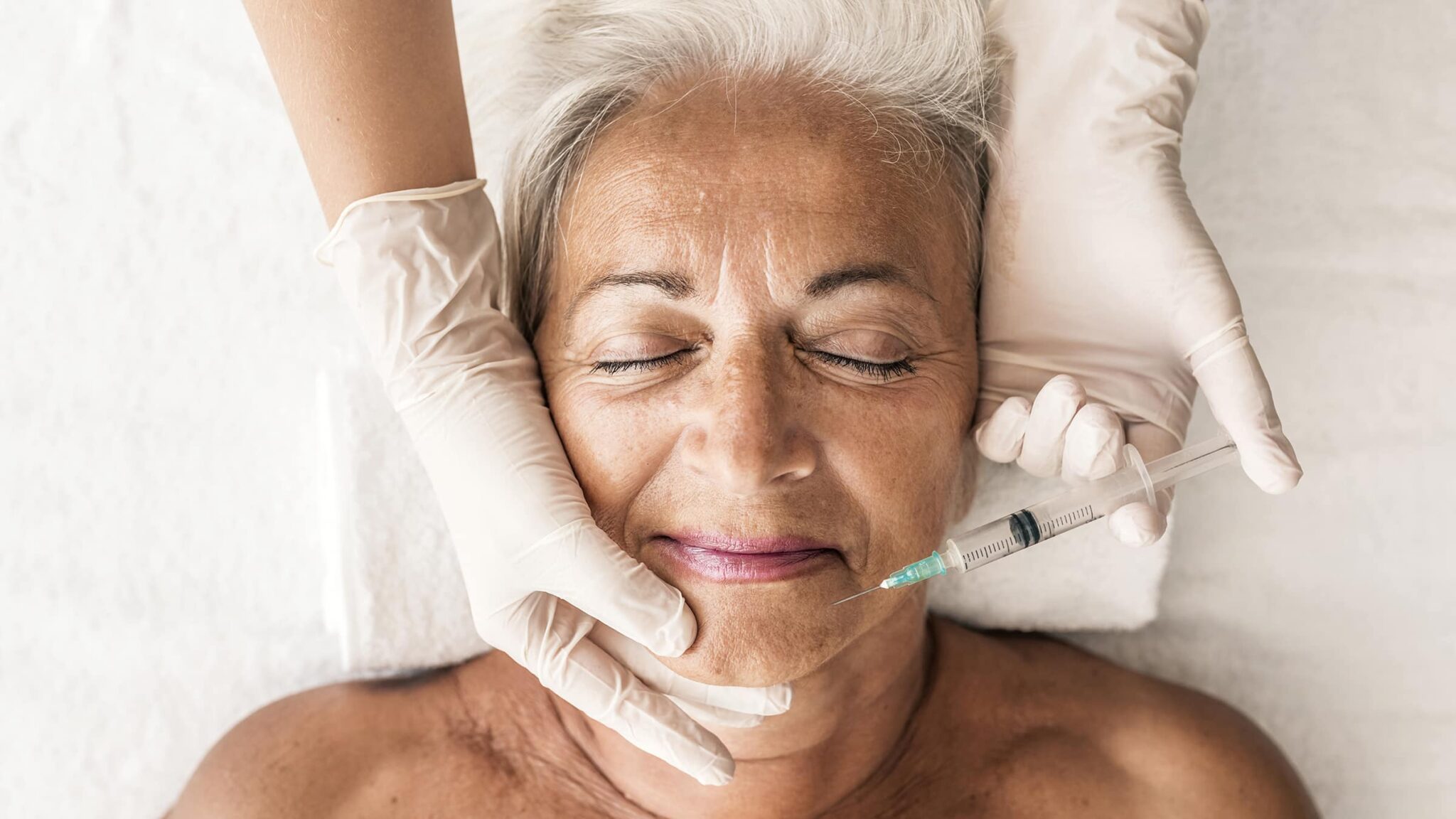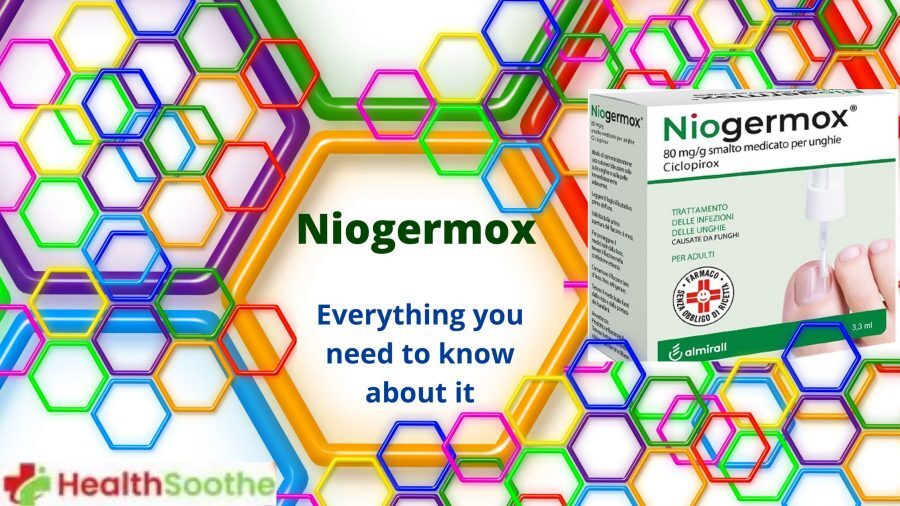Botox injections help relax the muscles that cause wrinkles, providing improved skin and texture. These injections are also recommended to treat some medical conditions. These include migraines, eye problems, hyperhidrosis, and overactive bladder.
The American Society of Plastic Surgeons in 2020 reported botox injections to be the most popular non-invasive procedure. However, along with the results comes precautions that need to be followed to avoid any adverse effects of the injections post-treatment.
What is Botox Treatment?
Botox injections use botulinum toxin to treat wrinkles, bladder issues, neck spasms, muscle spasms, lazy eye, migraines, and more. This toxin is a neurotoxin that paralyzes and weakens the muscles. These injections are used for cosmetic and medical reasons.
The injections contain a diluted amount of toxin that aims at stopping the muscles from contracting. The whole process helps the wrinkles to soften and relax.
Botox is actually the brand name of the drug. Other injections available under different brand names that perform the same function include Dysport and Xeomin.
A bacterium called Clostridium botulinum makes up the neurotoxins that are present in botox. These toxins are naturally found in soil and contaminated foods.
Administering these toxins is safe if they are given in limited qualities by a licensed healthcare provider. Overdose of botulinum toxins can cause serious health problems that can cause serious nervous system disorders.
How is Botox Treatment Performed?
Botox treatment is usually carried out at the physician’s office or clinic. To avoid any adverse effects, consulting a physician with a relevant license, qualifications, and experience in the field is important. The treatment is carried out to block the nerve signals to the muscles.
As a result, the muscles of the area will be unable to contract or tense up. The areas where these injections are usually injected include eyebrows, forehead, nose, eyes, lips, chin, jawline, and neck.
The needles of the botox injections are very small. Therefore, most people experience little to no discomfort during treatment. However, one might experience a pinching or stinging sensation.
Sometimes the physician also applies a numbing gel to avoid any discomfort or pain when the treatment is being carried out.
The botulinum toxin is injected into the skin or the muscles in small quantities. The number of shots depends on the size of the treatment area and other medical factors. The botulinum toxin is available in two forms.
Type A botulinum toxin is used for treating facial wrinkles. Type B is often used to treat neck spasms. It is available as rimabotulinumtoxinB (Myobloc).
Apart from cosmetic issues, botox is also used to treat medical conditions such as blepharospasm, eyelid twitching, adult spasticity, cervical dystonia, strabismus, etc.
These treatments are also effective in reducing pains caused by medical conditions like neck pain, jaw pain, osteoarthritis [mfn]https://www.healthline.com/health/osteoarthritis%2523symptoms[/mfn], pelvic pain, neuropathy, sciatica pain, chronic myofascial pain (CMP), etc.
What Should You Avoid After the Botox Treatment?
After the treatment, physicians often advise avoiding some things to avoid any adverse effects of the treatment. These include:
Wait 24 hours to Exercise
People who exercise regularly should avoid it for at least 24 hours after undergoing botox treatment. Sometimes the doctor might even advise staying away from exercise or any physical activity for a couple of days.
This is because physical activities increase blood flow. This can spread the toxin to unintended areas. The spread of the toxin to these areas will minimize its impact on the intended or injected area. 
2. Do Not Apply Make-Up
Patients should avoid wearing make-up for at least 24 hours after the botox treatment. Waiting until the redness fades away and the injection sites have closed up is always advisable.
The problem with applying makeup after botox is that you will have to touch the face. Doctors always advise that patients should not touch their faces after the treatment.
This is because touching or pressing the area will force the botox under the skin to come out of the muscle. As a result, it will spread to other parts, resulting in drooping eyelids or other unintended side effects.
3. Do Not Drink Alcohol
Alcohol dilates the blood vessels. This can cause swelling and bruising in the injected area. Therefore, it is always advised to avoid consuming alcohol for at least 24 hours after getting the botox treatment.
Moreover, avoiding drinking alcohol after the treatment also helps the injection bruises to heal optimally and quickly. Sometimes the botox injections can also cause drowsiness or dizziness. Consuming alcohol in this state is not good for the patient’s overall health.
4. Stay Out of Sun
It is advised to avoid sun exposure at least 4 hours post-treatment. This is because the heat from the sun can aggravate redness and increase blood pressure. Spending a normal amount of time in the sun after the treatment is not harmful.
However, long exposures to sunlight can delay the healing and recovery process. It can also worsen wrinkles and skin ailments.
Doctors also recommend applying sunscreens to avoid direct exposure to UV radiation. One thing to remember is that patients should avoid stepping in the sun on the day the treatment is received.
5. Do Not Sleep on the Treated Area
Another thing to avoid after the botox treatment is to avoid sleeping on the injected areas. Sleeping on the stomach or side will cause the botox to spread to unintended areas.
This will cause undesired results and aggravate bruising. Moreover, one should always lie down for at least four hours after the treatment.
It is always advisable to sleep on the side after the treatment. This will help in achieving the best results of the treatment. In addition, sleeping on the back allows gravity to offer favorable results. This is because it helps in reducing the early appearance of wrinkles [mfn]https://www.webmd.com/beauty/cosmetic-procedures-wrinkles%2523:~:text=With%252520age%25252C%252520skin%252520cells%252520divide,contributes%252520to%252520the%252520wrinkling%252520process.[/mfn] and fine lines.
Conclusion
Botox treatment is the most popular cosmetic procedure to delay the signs of aging and other medical conditions. The physician often advises the duration and number of sessions, depending on the area to be treated.
It is often recommended to get regular sessions for long-lasting results. However, instead of deciding for themself, one must always consult and abide by the advice of the professional.




